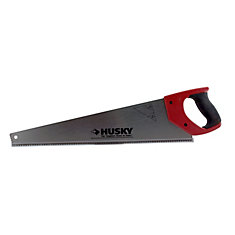This blog is to help you with your choice. We will discuss prices, sharpening, edge retention and technique.
I own many sets with large price differences and I will be talking about those trying to describe them with their plus and minus. Let's start by the least expensive set.
Marples set of three:







